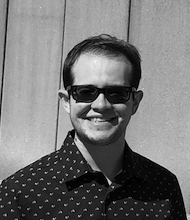A Viking Age skeleton discovery could shed light on ancient DNA
The 50 skeletons were 'exceptionally well-preserved'
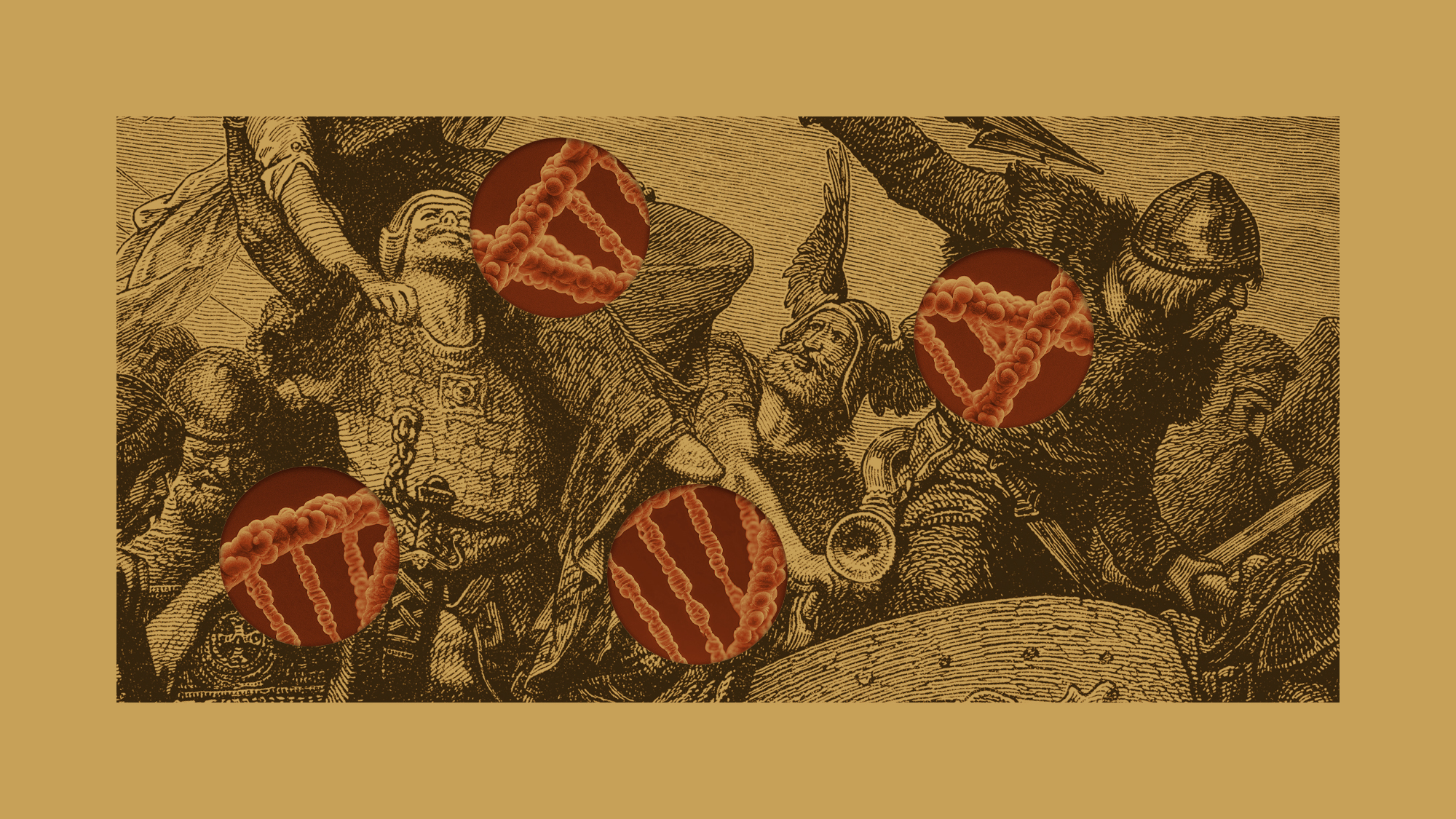

Archeologists in Denmark have made one of the most notable discoveries in recent history: a group of 50 skeletons found in a burial ground, believed to be from the Viking Era. The skeletal remains could help scientists unearth some of the mysteries around Viking DNA, and provide new answers about this centuries-old civilization.
The skeletons were reportedly preserved due to favorable conditions near the burial site; they were discovered in mid-October near the village of Åsum, a remote settlement located three miles from Denmark's third-largest city, Odense, on the island of Funen. And scientists are just now getting started on unlocking the puzzles behind these ancient remains.
What did the archeologists discover?
A team from Denmark's Museum Odense located the burial site, which covers around 21,500 square feet and "was used in the 8th and 9th centuries," the museum said in a press release. A "total of 50 inhumation graves and five cremation graves have been found, placing the burial ground among the largest Viking burial sites discovered on the island of Funen." The discovery proves that the area was a "key geographical point for the earliest urban developments" in what would become modern Denmark. The graves contained men, women and children.
The Week
Escape your echo chamber. Get the facts behind the news, plus analysis from multiple perspectives.

Sign up for The Week's Free Newsletters
From our morning news briefing to a weekly Good News Newsletter, get the best of The Week delivered directly to your inbox.
From our morning news briefing to a weekly Good News Newsletter, get the best of The Week delivered directly to your inbox.
Several of the skeletons "belonged to high-status individuals in society, as seen from the grave goods they were buried with," said the Museum Odense press release. This includes a woman who was "buried in a wagon, the upper part of a Viking cart used as a coffin," as well as another grave containing a "fine bronze three-lobed brooch, a single red glass bead that hung on a cord around the deceased's neck, an iron knife, and a small piece of rock crystal."
What can these skeletons tell us about the Vikings?
The finding of the graves "opens a whole new toolbox for scientific discovery," Museum Odense curator Michael Borre Lundø said to Newsweek. The museum is hoping to perform DNA analysis on the recovered skeletons to see what information can be obtained from their bones.
This discovery in particular is rare because of the well-preserved nature of the remains. Often "when we excavate bodies from the Viking age, we are lucky if there are just a few teeth," Lundø said to CNN. But in this case, the dampness of the region meant that for "long periods of time the bodies of the Vikings were covered in water, which slows down the decomposition of the bones.”
As noted in the museum's press release, DNA testing on the skeletons could provide information on the "general health, diet, and origins of those buried" in Åsum. DNA imaging "might even reveal whether the buried Vikings were related, which would be particularly significant, as this has never been examined in similar graves." This could "give us a much better idea of people's ages, sex, what diseases they might have had," and more, Lundø said to CNN.
A free daily email with the biggest news stories of the day – and the best features from TheWeek.com
Scientists are "really hoping to gain the larger picture," conservator Jannie Amsgaard Ebsen said to The Associated Press. "Who were the people that were living out there? Who did they interact with? It's a little bit like a jigsaw puzzle: all the various puzzle parts will be placed together." Archeologists are continuing to dig up some of the area around Åsum, CNN reported. Most of the skeletons themselves have already been removed from the burial site, and are currently awaiting further testing and DNA extraction.
Justin Klawans has worked as a staff writer at The Week since 2022. He began his career covering local news before joining Newsweek as a breaking news reporter, where he wrote about politics, national and global affairs, business, crime, sports, film, television and other news. Justin has also freelanced for outlets including Collider and United Press International.
-
 Will there be peace before Christmas in Ukraine?
Will there be peace before Christmas in Ukraine?Today's Big Question Discussions over the weekend could see a unified set of proposals from EU, UK and US to present to Moscow
-
 Quiz of The Week: 6 – 12 December
Quiz of The Week: 6 – 12 DecemberQuiz Have you been paying attention to The Week’s news?
-
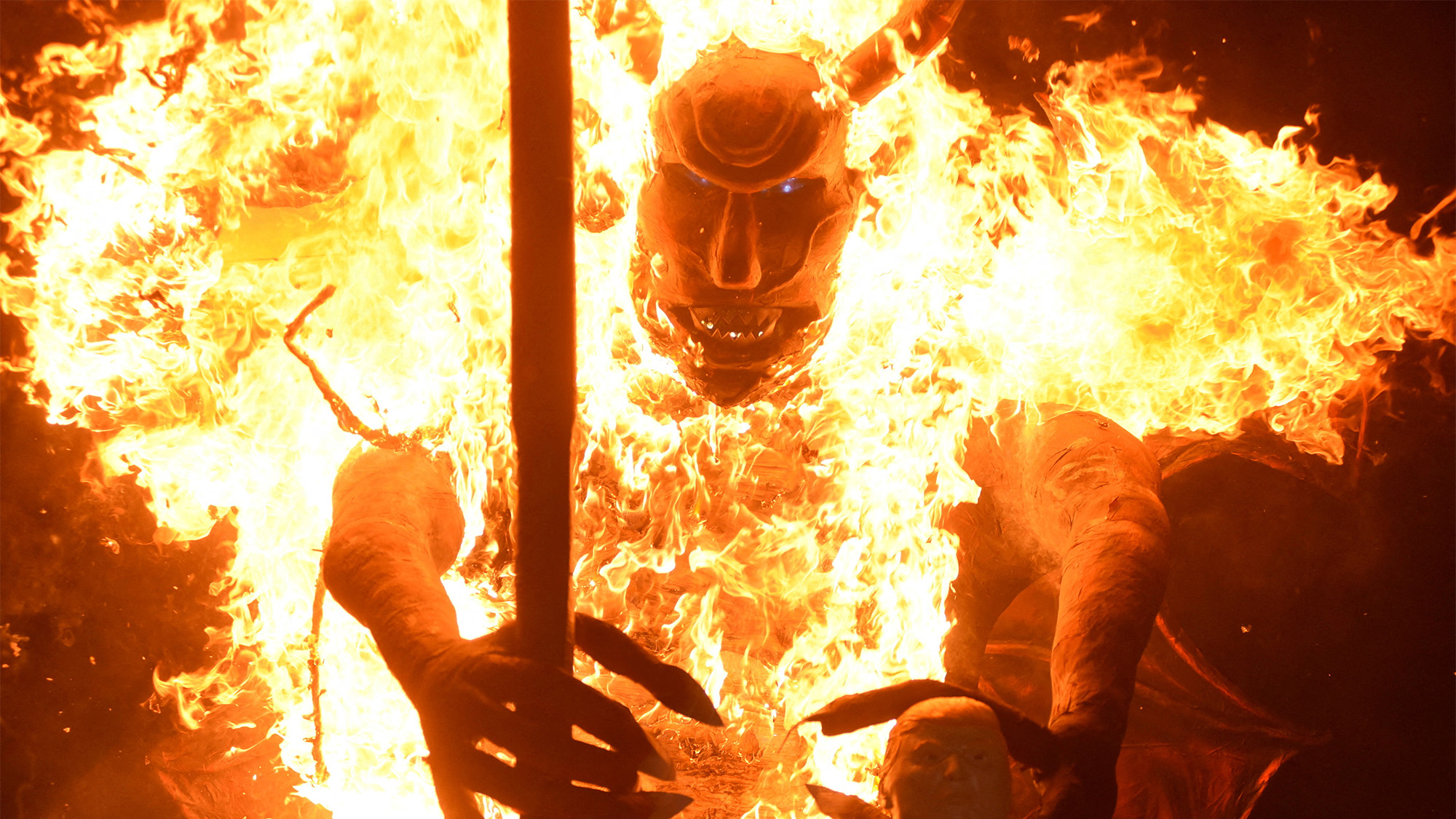 The week’s best photos
The week’s best photosIn Pictures A man's best friend, the elephants in the room, and more
-
 ‘The Big Crunch’: why science is divided over the future of the universe
‘The Big Crunch’: why science is divided over the future of the universeThe Explainer New study upends the prevailing theory about dark matter and says it is weakening
-
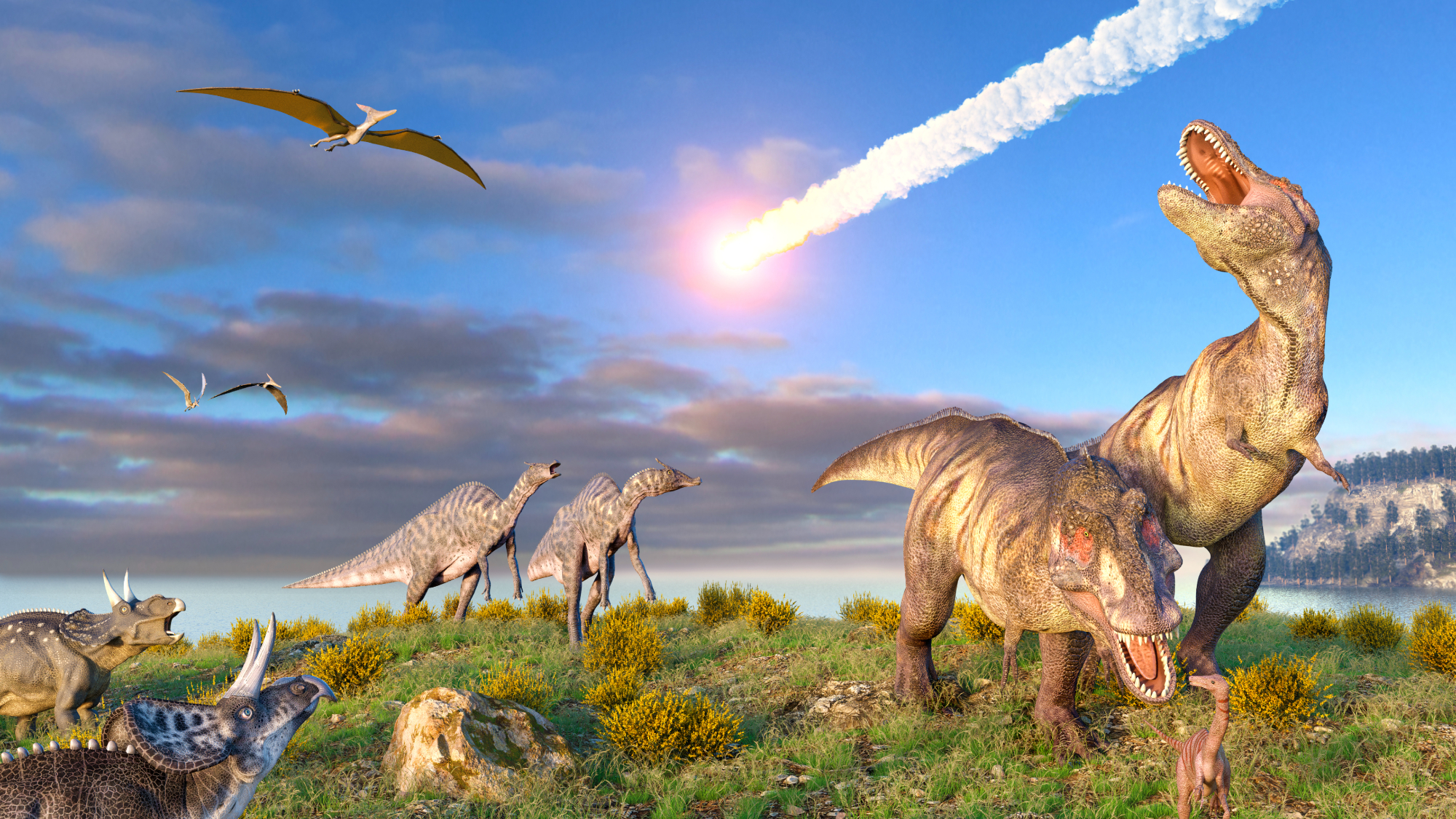 Dinosaurs were thriving before asteroid, study finds
Dinosaurs were thriving before asteroid, study findsSpeed Read The dinosaurs would not have gone extinct if not for the asteroid
-
 The moon is rusting
The moon is rustingUnder the radar The Earth is likely to blame
-
 Africa could become the next frontier for space programs
Africa could become the next frontier for space programsThe Explainer China and the US are both working on space applications for Africa
-
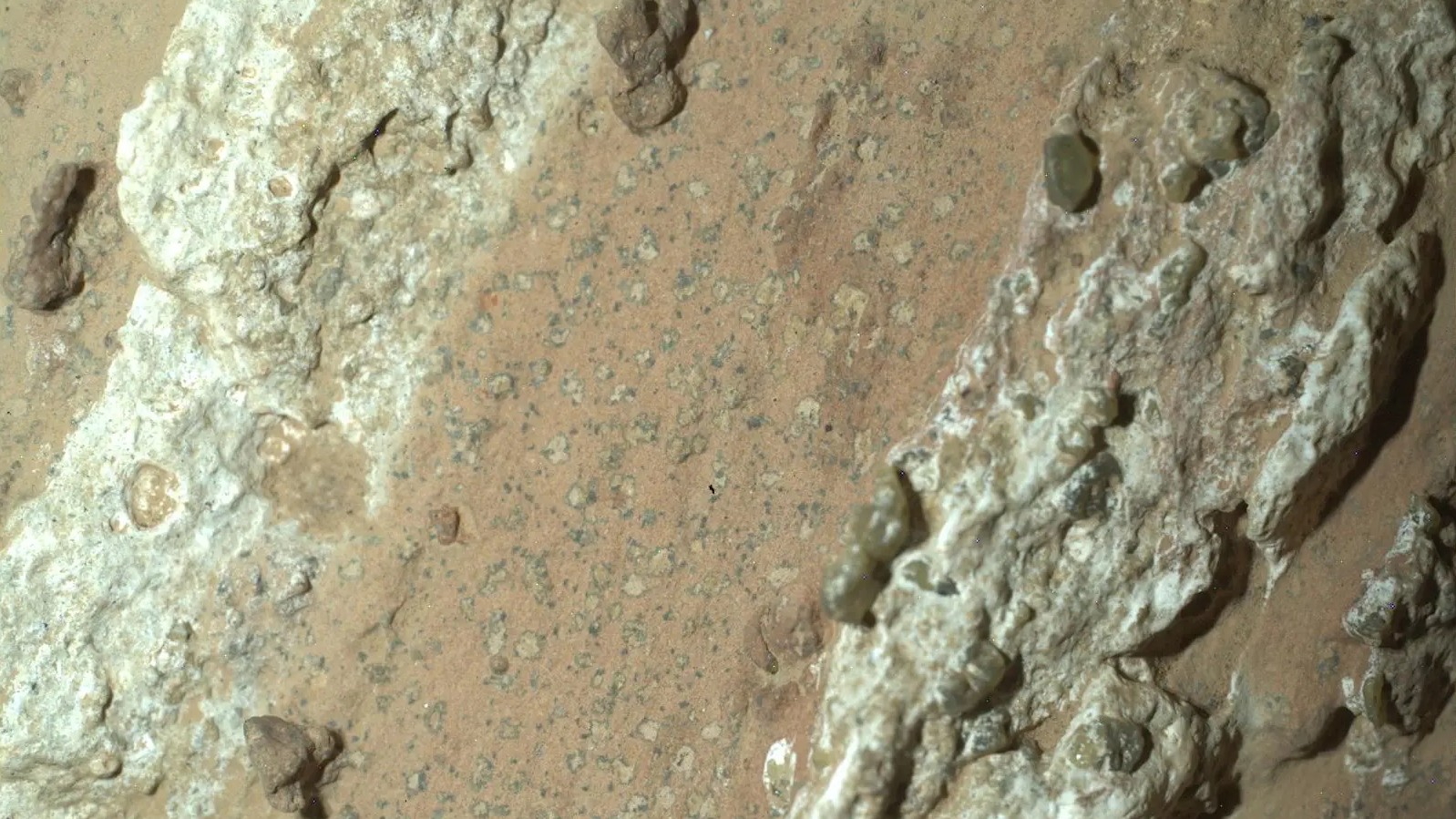 NASA reveals ‘clearest sign of life’ on Mars yet
NASA reveals ‘clearest sign of life’ on Mars yetSpeed Read The evidence came in the form of a rock sample collected on the planet
-
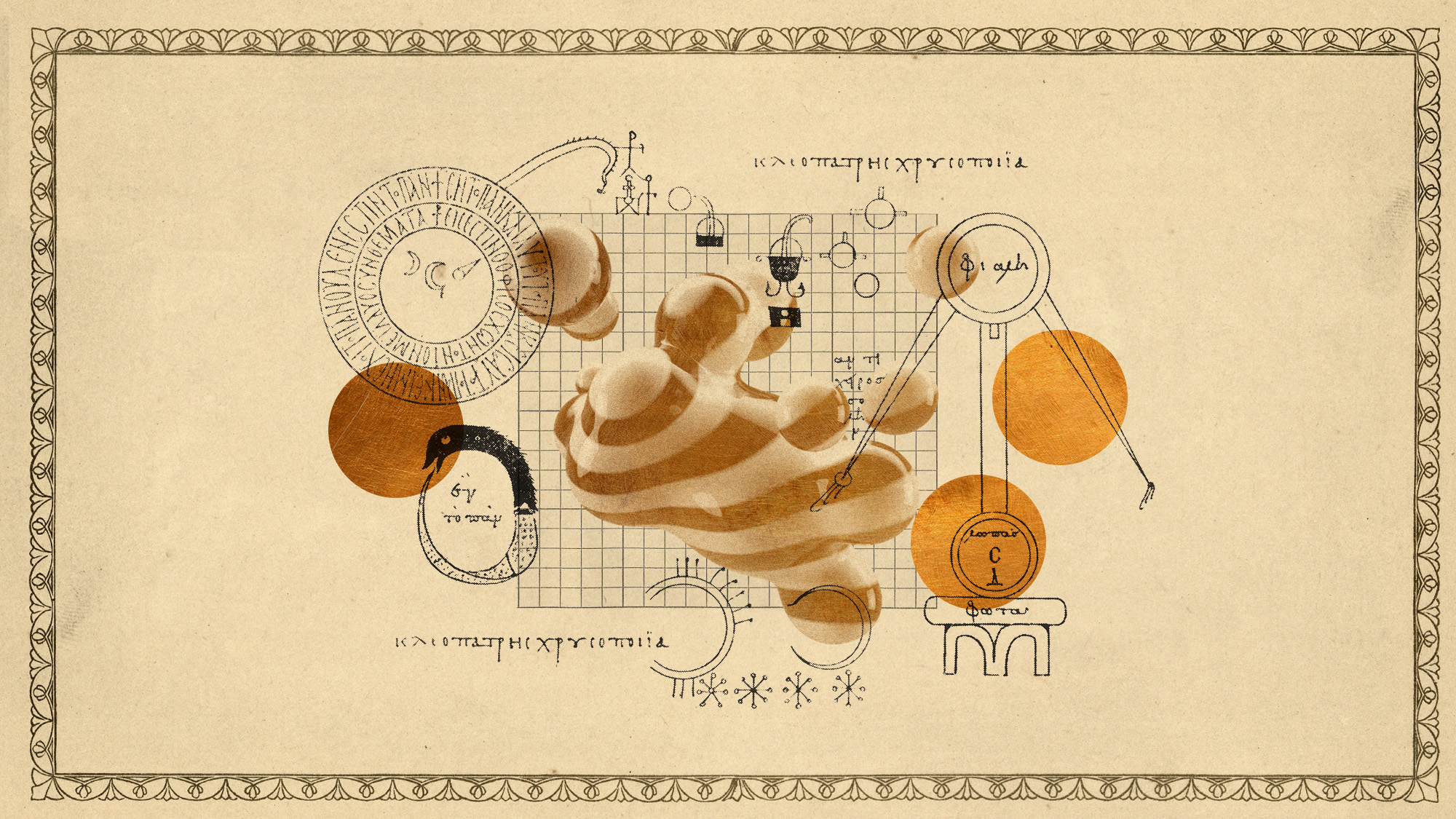 Atoms into gold: alchemy's modern resurgence
Atoms into gold: alchemy's modern resurgenceUnder the radar The practice of alchemy has been attempted for thousands of years
-
 Hurricanes are not exclusive to Earth. They can happen in space.
Hurricanes are not exclusive to Earth. They can happen in space.Under the radar These storms may cause navigational problems
-
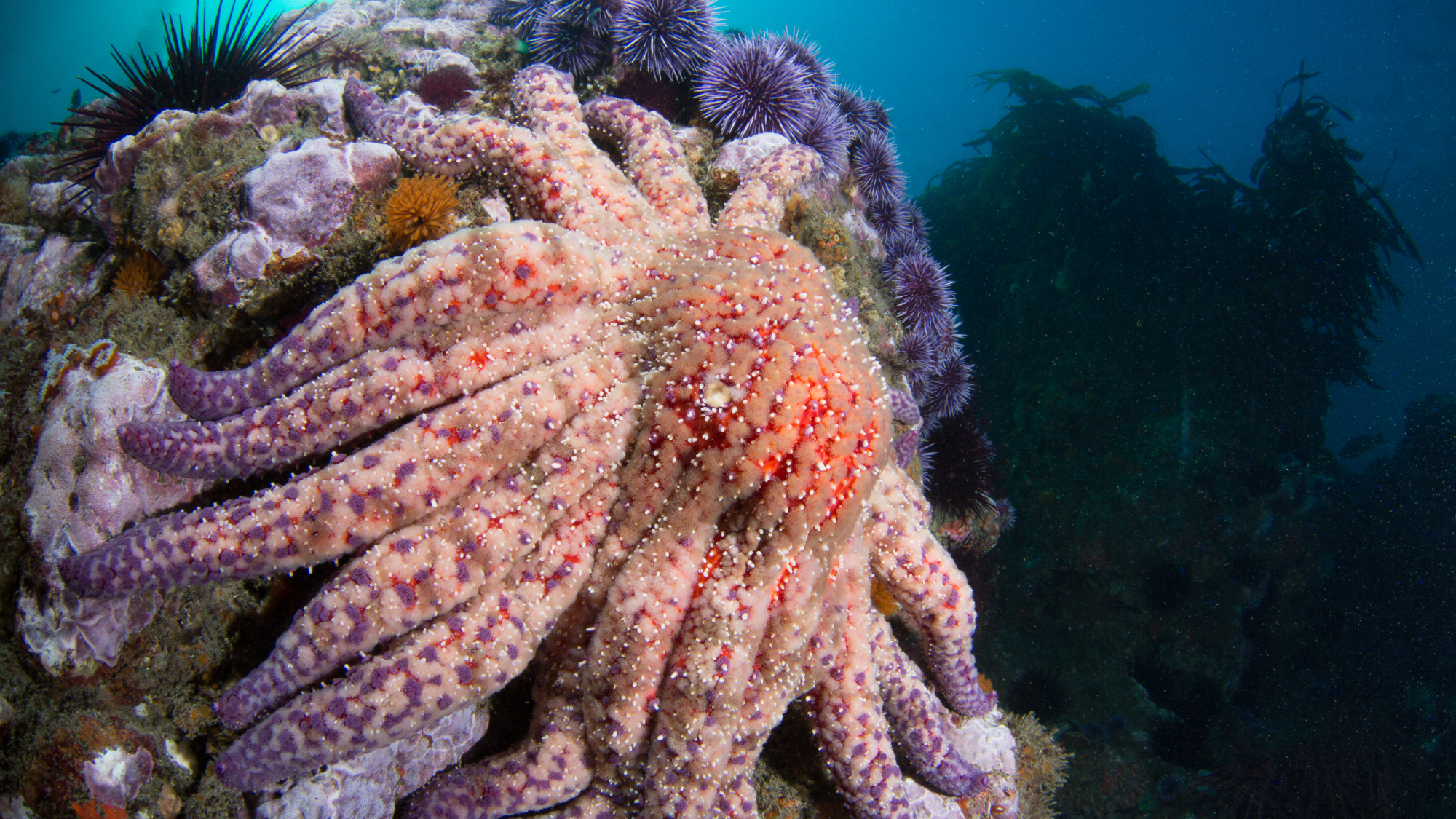 Scientists discover cause of massive sea star die-off
Scientists discover cause of massive sea star die-offSpeed Read A bacteria related to cholera has been found responsible for the deaths of more than 5 billion sea stars
